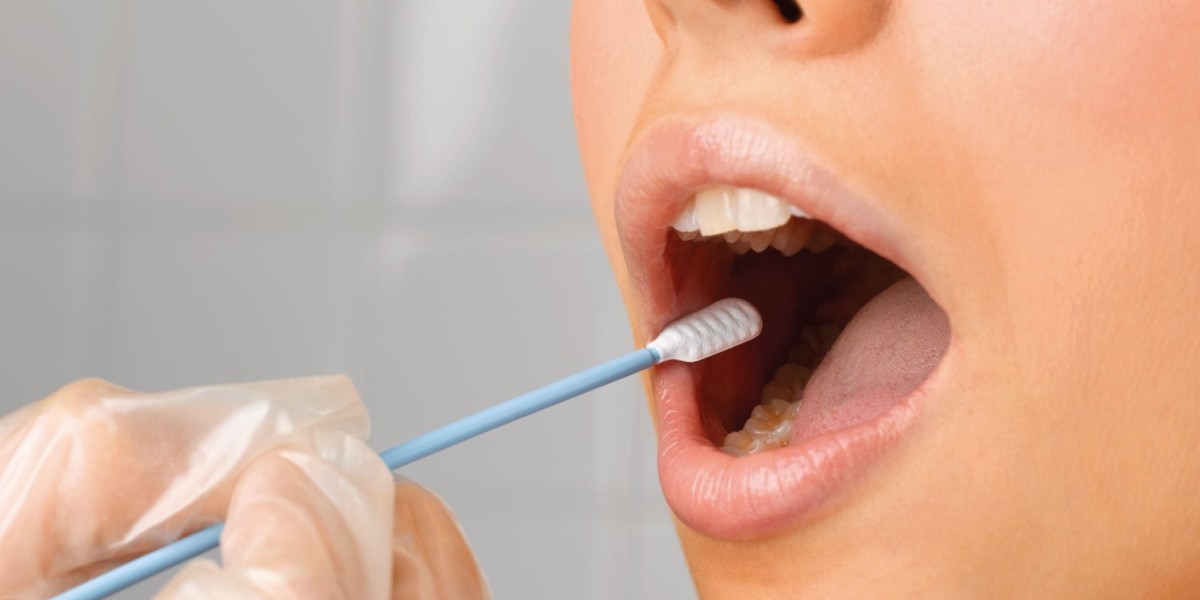Oral fluid drug tests, often referred to as saliva tests, are commonly used for detecting recent drug use, including cannabis. These tests are favored for their simplicity, speed, and non-invasive sample collection. However, when it comes to assessing impairment—especially from cannabis—the limitations of THC saliva test become glaringly apparent. Using oral fluid drug tests to determine cannabis impairment is not only scientifically inaccurate but also potentially unjust.
The Core Problem: Detection ≠ Impairment
The major flaw in using oral fluid tests to determine cannabis impairment lies in the biology of THC, the psychoactive compound in marijuana. Unlike alcohol, which is metabolized in a linear and predictable fashion, THC is fat-soluble and behaves unpredictably in the human body. It is absorbed and stored in fatty tissues, slowly releasing into the bloodstream over time.
When someone uses cannabis, the psychoactive effects typically last for 1–3 hours (depending on the method of use), yet THC can remain detectable in saliva for 48 hours or more. This discrepancy means that a person who is completely sober may still test positive on an oral fluid drug test long after any impairment has faded.
Scientific Consensus: No Correlation Between THC Levels and Impairment
A growing body of research has concluded that THC levels in the body—including in saliva—do not reliably indicate whether someone is currently impaired. Studies by the National Highway Traffic Safety Administration, the AAA Foundation for Traffic Safety, and peer-reviewed scientific journals have repeatedly shown that:
Some individuals with high THC levels show no signs of impairment.
Others with low or undetectable THC levels may still be impaired, especially occasional users with lower tolerance.
No universal THC threshold exists that correlates consistently with impairment.
This disconnect makes oral fluid testing an ineffective and misleading tool for determining whether someone is fit to drive, operate machinery, or perform safety-sensitive work.
Real-World Consequences: False Positives and Unjust Outcomes
The use of oral fluid drug tests in legal and workplace contexts can have serious repercussions. A positive saliva test can result in job loss, legal penalties, or criminal charges—even when the individual is not impaired at the time of the test. This is particularly troubling in jurisdictions where cannabis is legal for medical or recreational use.
False positives can also arise from environmental exposure (e.g., secondhand smoke), or from inaccurate devices. This is especially dangerous in law enforcement settings, where the margin for error should be minimal.
Moving Toward Fairer Testing Methods
Impairment detection should focus on performance, not presence of substances. Technologies that assess real-time cognitive and motor function—like reaction speed, attention span, and eye movement—offer far more accurate insights into actual impairment. These methods are better suited to modern challenges in roadside and workplace safety.
Conclusion
Oral fluid drug tests are useful for confirming recent cannabis use, but they are completely unsuited for determining real-time impairment. Using them as evidence of impairment is not supported by science and risks penalizing responsible, unimpaired cannabis users. As cannabis legalization becomes more widespread, it is essential to adopt testing practices that are both scientifically valid and ethically fair.






